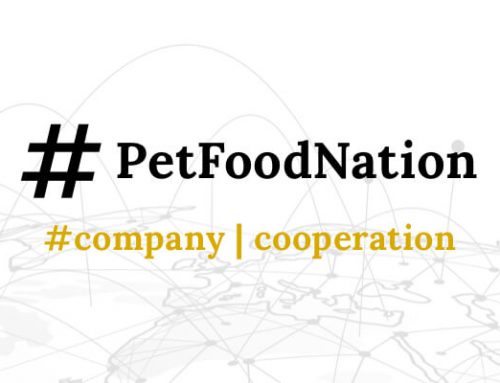In Adana, Turkey, Dr. Ercan Mevliyaoğulları, the founder of MEVLI Pet Food, collaborated with researchers from Kırıkkale University to investigate the impact of incorporating upcycled bread crumbs into dry dog food. This research, constituting Mevliyaoğulları’s doctoral thesis, aimed to assess effects on the diet’s structure, texture, and digestibility.
Upcycled ingredients have emerged as a valuable means to repurpose otherwise wasted resources, while also supporting pet health. Various produce and wheat-based elements like blueberries, sweet potatoes, flaxseed, carrots, and different flours are presently utilized in the North American pet food industry to align with sustainability as a consumer priority.
Global bread waste is estimated to range from 7% to 10% of the total production, equating to nearly 100 million tons annually. This amounts to a substantial 7 to 10 million tons of waste, with baked goods, including bread, accounting for up to 30% of global food waste.
In the pet food industry, grains such as wheat, corn, and rice are commonly employed as sources of carbohydrates. Despite misconceptions surrounding the inclusion of carbohydrates in pet diets, they play a vital role in providing calories, energy, and aiding in the digestion of essential nutrients. Starchy ingredients like wheat also contribute to the structural integrity of kibble.
Mevliyaoğulları’s study introduced three diets, each extruded and baked, resulting in a total of six test diets. These diets incorporated varying levels of bread crumbs as substitutes for corn, rice, and/or wheat. The control diet contained no bread crumbs, the first test formulation included 29.5 grams of bread crumbs per 100 grams, and the third formulation comprised 47.5 grams of bread crumbs per 100 grams. All diets were formulated as maintenance diets for adult dogs.
Results indicated that an increase in bread crumb concentration led to changes in viscosity, expansion indices, and bulk density. Notably, kibble expansion was highest in the diet with the greatest bread crumb content, while the control diet without bread crumbs exhibited the lowest expansion value.
The subsequent phase of the study assessed the in vitro digestibility of diets incorporating bread crumbs. While no significant differences were observed in dry matter digestibility, the diet with the highest bread crumb content showed a notable reduction in crude protein digestibility compared to the control diet. This was attributed to products of the Maillard reaction and protein-starch complex formation, which can limit protein availability to proteolytic enzymes.
In conclusion, these findings suggest that the pet food industry stands to benefit from an innovative approach to managing food waste while producing pet food products with physical and digestibility values comparable to commercial formulations.



